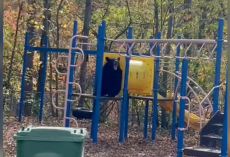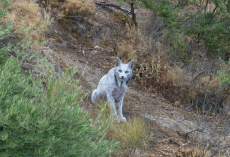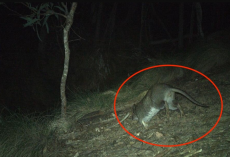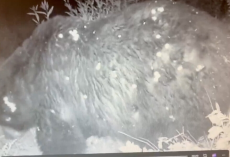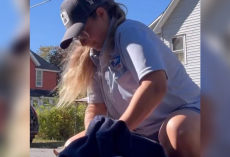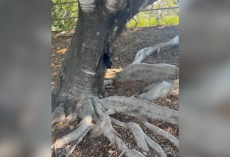While many couples celebrating their 40th wedding anniversary might opt for a beach escape or a romantic getaway, South African duo Marius and Michelle Nortje chose the untamed beauty of Kruger National Park — a place they’ve returned to year after year.
But this trip, intended as a peaceful celebration, turned into something far more profound.
What began as a routine drive through the reserve became a moment they’d never forget — and one that would soon captivate the internet.
“We visit the park at least once a year — sometimes four times,” Marius told The Citizen. A wildlife photographer, he was used to seeing the unexpected. But nothing prepared him for what stepped out of the bush that December morning.
Three giraffes emerged from the trees. The first two looked normal. But the third left Marius speechless.
Her body was covered in large, strange growths.
Stunned, Marius quickly took photos and shared them on Facebook, hoping to raise awareness and get answers. Concern quickly spread online.
“People were worried she might be in pain,” Marius said. “But she was eating peacefully. It didn’t seem to affect her, although it looked uncomfortable.”
Despite tagging the South African National Parks authority, Marius hadn’t received a reply at the time. But his photos reached WorldWide Vets, a global animal welfare organization — and they had answers.
A Rare but Real Condition
According to Dr. Gemma Campling, director of WorldWide Vets, the giraffe likely suffers from a strain of papillomavirus — in this case, the bovine version (BPV), which can affect giraffes in rare instances.
“There are many species-specific types of papillomavirus,” Campling explained. “We believe this case stems from the bovine version, which can be transmitted by direct contact — likely via oxpecker birds, which feed on parasites and move from one animal to another.”
Interestingly, only this one giraffe in the herd appeared affected — consistent with previous sightings of the virus in wild populations.
The Good News — and the Sad Reality
While visually alarming, BPV isn’t usually fatal. Many cases resolve on their own, with the animal eventually recovering.
“There is no known treatment in giraffes,” said Campling, “but wildlife vets monitor these situations closely. Thankfully, this virus isn’t transmissible to humans.”
Still, the severity of this case suggests it may not be entirely painless.
“It’s not life-threatening,” Campling added, “but when the lumps reach this size, they almost certainly cause discomfort.”
Despite her condition, the giraffe remained calm — grazing peacefully, her towering form unchanged in behavior, if not appearance. Her resilience moved thousands online, sparking a flood of support, compassion, and curiosity.
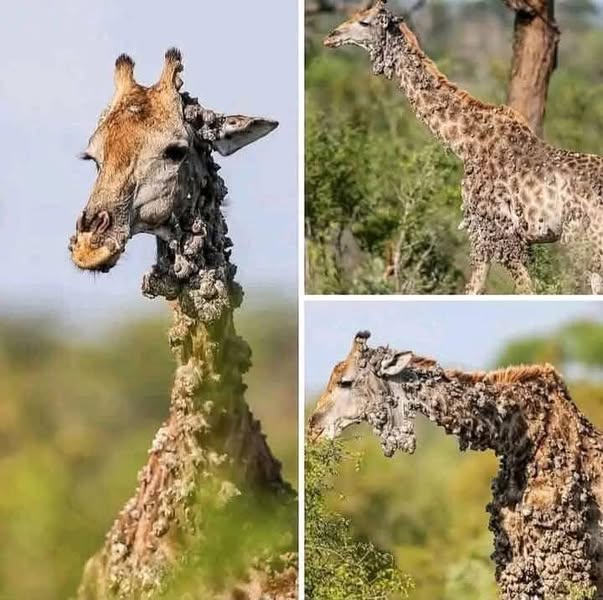
A Moment of Wild Truth
For Marius and Michelle, the encounter was a striking reminder of both the beauty and vulnerability of wildlife.
Sometimes the most powerful stories unfold when you least expect them — and sometimes it takes the lens of a devoted traveler to show the world a quiet struggle, hidden in plain sight.



